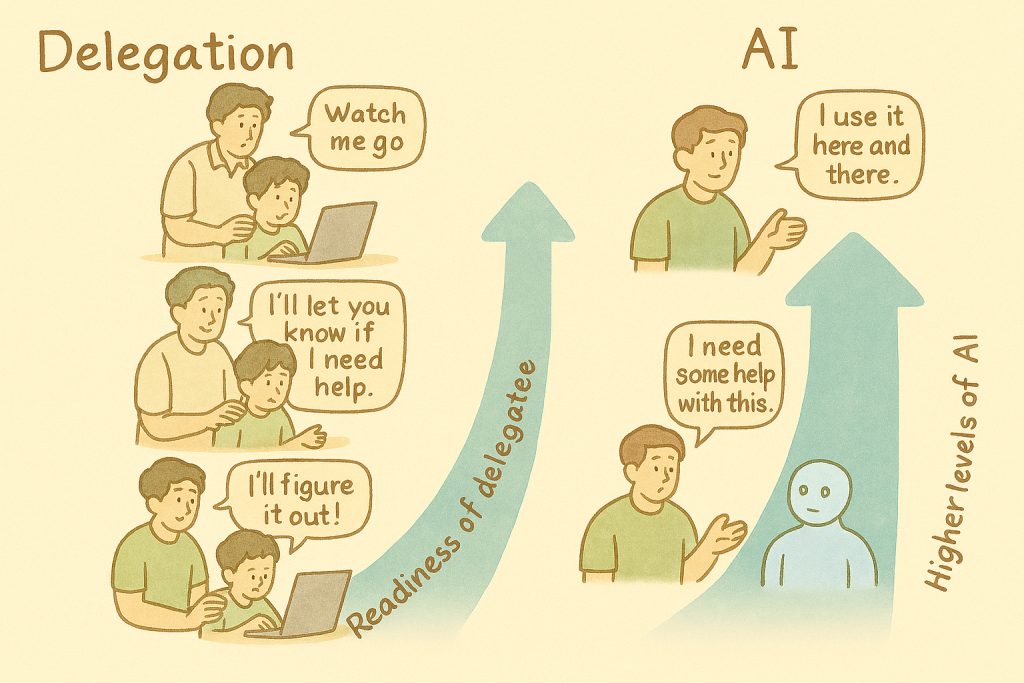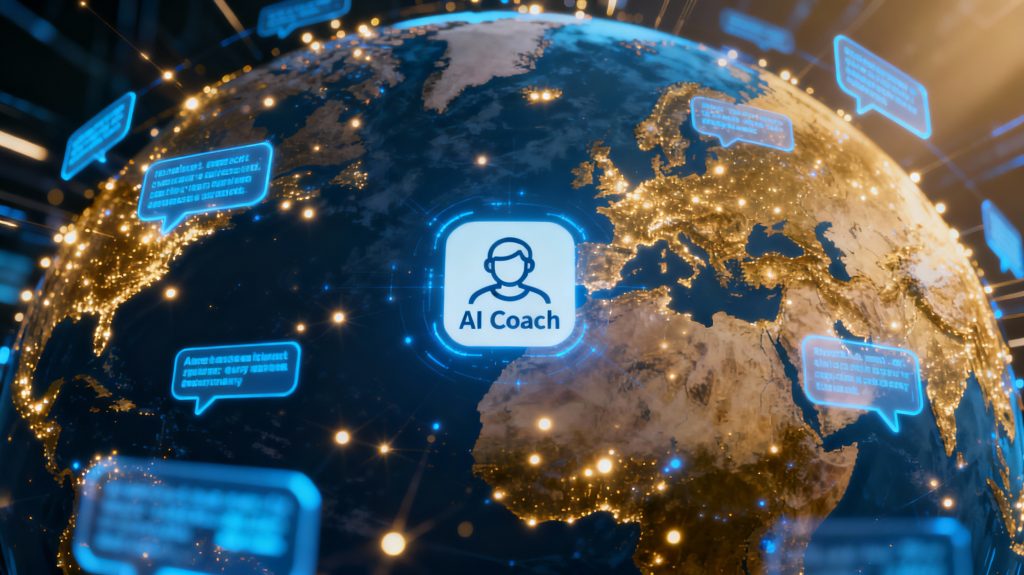A CXO Perspective
Rethinking Leadership in Times of Volatility and Uncertainty
In the fast-paced era of high-technology product development, there is one question that is increasingly facing executive leadership: Are our organizational leaders fully prepared to lead results in a world ruled by relentless change?
The leadership archetypes and ways of thinking encouraged and probably worked during more stable periods are being challenged ever more by the very nature of our world today. We are operating in a BANI world (Brittle, Anxious, Non-linear, Incomprehensible). This acronym is not just in theory; it is very close to the reality of the pervasive problems that rule product development organizations today:
- Brittleness: Technology shifts and market pressures can render traditional strategies and product roadmaps obsolete at a frightening speed, illustrating the susceptibility of even robust systems and processes.
- Anxiety: Constant demands for innovation, ever-changing customer requirements, pressure of quick iterations, and perpetual fear of disruption all contribute to rising stress and burnout even for highly skilled technical teams, impacting talent retention and psychological safety.
- Non-linearity: Product development paths today are rarely linear. Due to ongoing emergent requirements and interdependent complexities, development methodologies and new ways of working, no matter what labels are assigned to them (Agile, Hybrid), will make traditional controls to be stifling innovation and responsiveness.
- Incomprehensibility: The explosion of data, the intricacy & complexity of modern technology stacks, the need to stitch together lots of special components or services, and the rapidly shifting customer requirements and expectations make it extremely hard to see clear patterns or foresee the desired outcome, resulting in paralysis of analysis and lost opportunities.
In such an environment, dependency on traditional paradigms of leadership can hinder agility, suppress innovation, can lead to lots of friction points thus leading to organizational drag. The challenge is not merely to manage, but to nurture a new generation of leaders capable of functioning, and high-performing in such complexity.
The Emergence of the Full-Stack Leader: A Strategic Imperative
The future-proof organization is essentially rooted in Full-Stack Leaders at all levels. They are beyond typical roles; they are catalysts who can function across a range of dimensions of leadership, connecting strategic intent with actual execution and creating meaningful business impact.
Why “Full-Stack” and what is it? Solo skills won’t be enough in a BANI world as high-technology product development leadership demands an unbroken set of competencies:
- Business Acumen: To recognize opportunity through market volatility and translate strategic vision into real-world, value-driven outcomes.
- People Leadership: To create unity, inspire through change, foster innovation, build trusting relationships, and create psychological safety during times of anxiety and change.
- Self-Mastery: To cultivate resilience, clarity, and confidence amidst uncertainty and ongoing pressure.
These connected competencies are a paradigm shift, enabling organizations to escape reactivity to become proactive in shaping their future and long-term value creation for their stakeholders. As this is at be at all levels, we also bring forth the idea of creating a Leadership pipeline.
Deconstructing the Full-Stack Leader: The Layers of the Stack of Critical Capabilities
Developing Full-Stack Leaders is an executive leadership responsibility to address the most significant aspects of leadership to succeed in the BANI world. These competencies are grouped into three interdependent layers:
Layer 1. Creating an Impact on Business:
This dimension fosters a complete business perspective, allowing leaders to move beyond their functional silos. They are not just proficient at managing today’s deadlines and operations but also at developing the capability for making strategic choices. Discovering means of innovation and creating value by connecting day-to-day activities to overall organizational goals. In a brittle environment, these types of leaders can quickly change strategies and product roadmaps, converting threats into opportunities. They can understand the power of newer and emerging technologies for example, AI. They possess foresight and critical thinking to manage complexity, driving purposeful decisions to achieve tangible business value rather than freezing in paralysis.
Layer 2. Leading Others:
This is about mastering team activation and people dynamics in teams and across the larger organization, and becoming capable of empowering teams, establishing psychological safety, and mobilizing collaboration. It encompasses the ability to lead with influence, work with differences constructively, manage conflict, and to collaborate effectively with peers. In a non-linear world, leaders skilled at “Leading Others” create spaces where teams can experiment, learn, and develop. They turn potential tension into productive conversation, developing resilient units that can navigate uncertain cycles of growth.
Layer 3. Leading Self: This core dimension grounds a leader’s inner foundation. It includes developing self-awareness, emotional intelligence, mindfulness, and a strong professional presence. The aim is to establish confidence and habits that build trust and credibility, allowing authentic and effective leadership in pressure situations. The ever-changing nature and inherent unknowability of the BANI world can be emotionally and mentally draining. High “Leading Self” capability leaders possess mental toughness and emotional stability to stay clear, make good decisions, and stay grounded amidst uncertainty, and be beacons of stability and trust for others.
Principles for Effective Leadership Development for the BANI world
Effective transition to leadership in a BANI world cannot be done through generic training in isolated topics. It requires deep contextualization and experience-based learning events and bring back learning to the workplace. It begins with a well-defined understanding of an organization’s strategic goals and specific leadership needs.
We believe that one of the most powerful ways to develop Full-Stack Leaders is through a well-crafted program that can take leaders on an impactful learning journey:
- Immersive Learning Methodology: Highly Interactive and engaging workshops, real-life scenario-based case studies, interactive role-plays, group assignments, peer-to-peer learning, and business simulations with hands-on exposure and direct applicability can make an impact on learning. These learnings can remain with leaders for much longer.
- Stakeholder-Centered Development: Incorporate the 360o feedback for leaders and use this as an opportunity for uncovering blind spots and launching development plans.
- Personalized Coaching: Individualized, one-to-one guidance to correct specific leadership deficiencies and chart personal development aligned with the organizational imperative.
- Reflection opportunities: Offer reflection opportunities for Leaders to showcase learnings to their stakeholders.
Future-Ready Organizations: Return on Investment?
Investment in developing Full-Stack Leaders creates multi-layered results in the organization, to bring about both individual change and to create impactful business results:
At the Individual Leader Level (Mindset & Behavioural Shift): Leaders emerging out of this transition are demonstrating concrete changes in their style and capabilities:
- Value & Impact-Mindset: They form a broader strategic mindset, making bold, value-creating choices that drive innovation and result in achieving long-term business goals even in the event of market incomprehensibility.
- Resilient & Adaptive Presence: They develop greater levels of self-awareness, emotional intelligence, and resiliency so that they are able to lead with greater presence, confidence, and adaptability across the inherent brittleness and non-linearity of the BANI world.
- Empathetic & Collaborative Influence: They establish psychological safety and inspire high-performing teams, efficiently managing variations and promoting collaboration across complex organizational landscapes, confining anxiety and tension.
At the Organizational Results Level (Business Impact): These leaders can lead to measurable and tangible improvements in your organization’s performance:
- Increased Organizational Agility & Strategic Alignment: Cross-functional collaboration significantly enhances, allowing for better ways of working, enhanced strategic alignment, and increased responsiveness to changing market conditions.
- Higher Innovation & Market Responsiveness: Businesses have faster cycles of innovation, better product quality, and faster time-to-market, leading to enhanced market responsiveness as well as customer satisfaction.
- Better Talent Engagement & Resilience: Psychological safety and enabled leadership result in a culture that gives rise to more engaged employees, more talent retention, and the development of genuinely resilient delivery organizations.
Conclusion: The Need for Strategic Leadership Transformation
The age of just managing is giving way to the imperative of holistic leadership. To leaders of high-technology product development companies, the question is no longer whether your leadership must change, but how deeply and strategically that change should happen. It is time to develop a leadership pipeline, not just managing current processes, but shaping the future, seizing the challenges of the BANI world as a fertile ground to create business impact and sustained growth.
Full-Stack Leadership investment is not a cost of doing business; it is a strategic imperative that can directly improve performance, promote innovation, and build organizational resilience to help navigate and thrive in an increasingly uncertain world.



